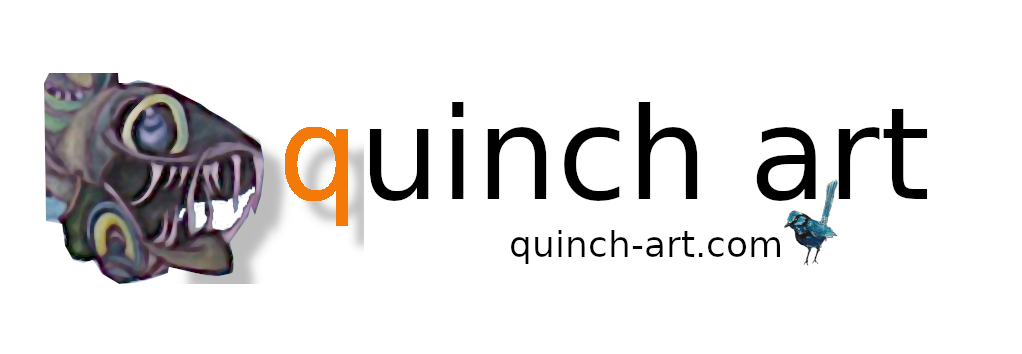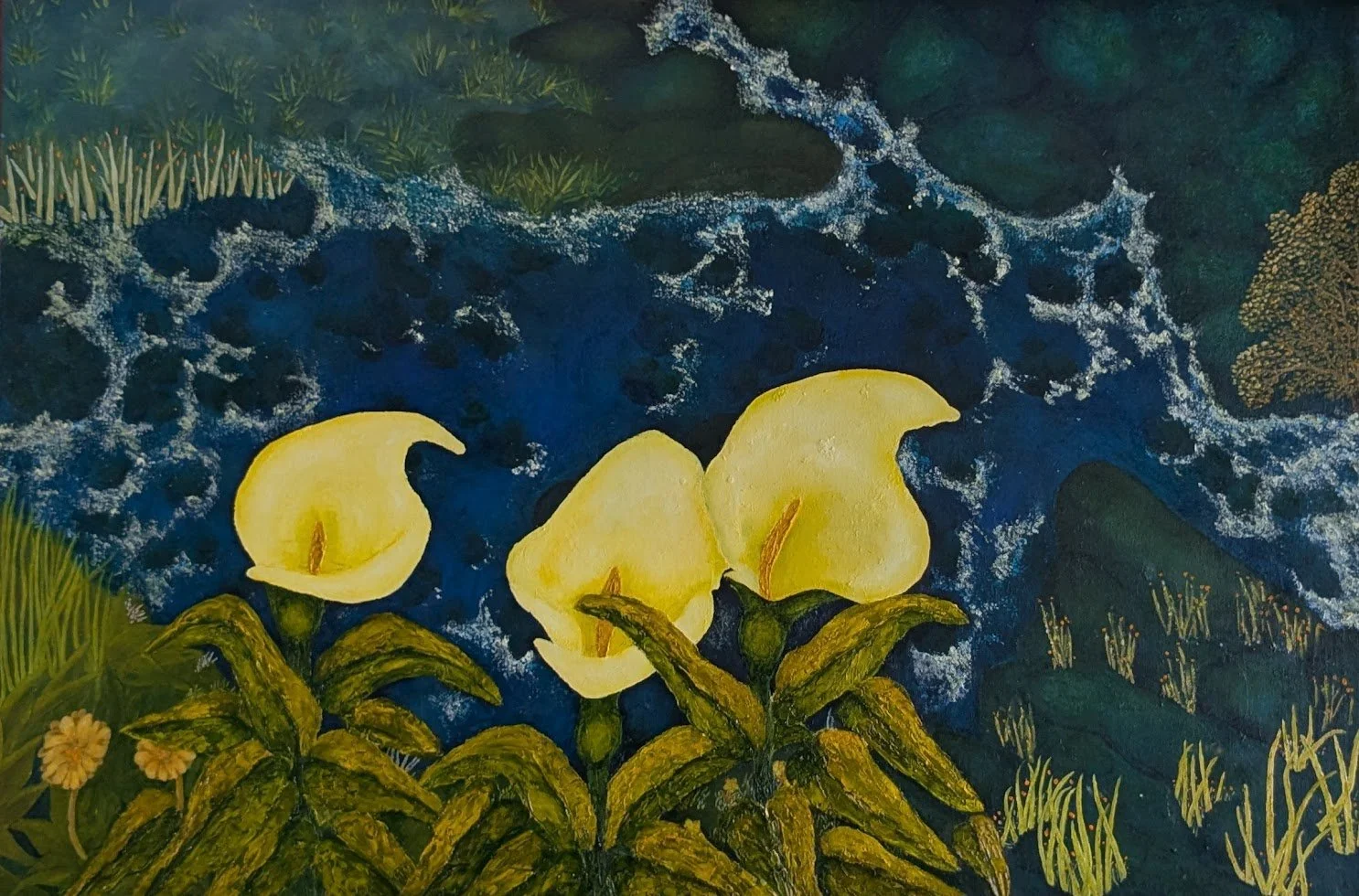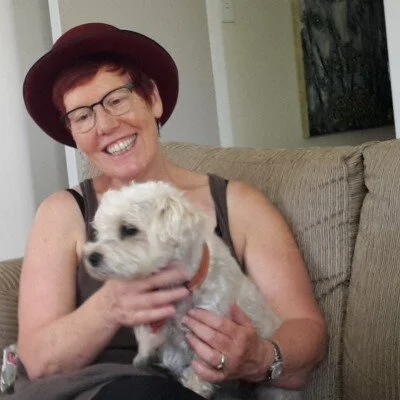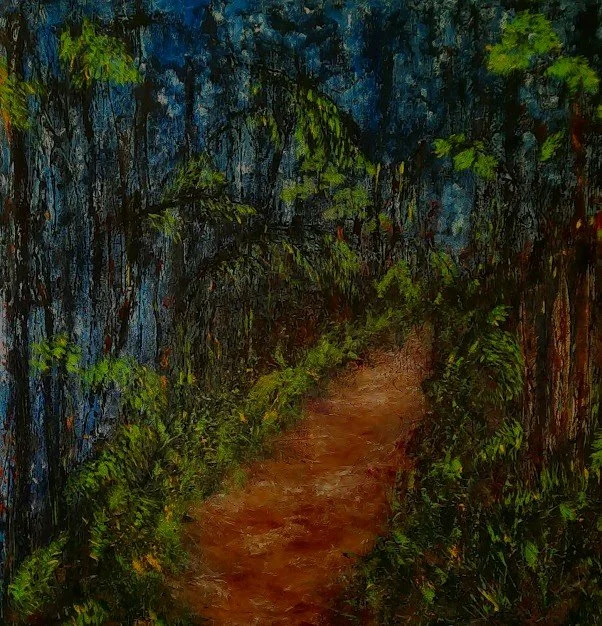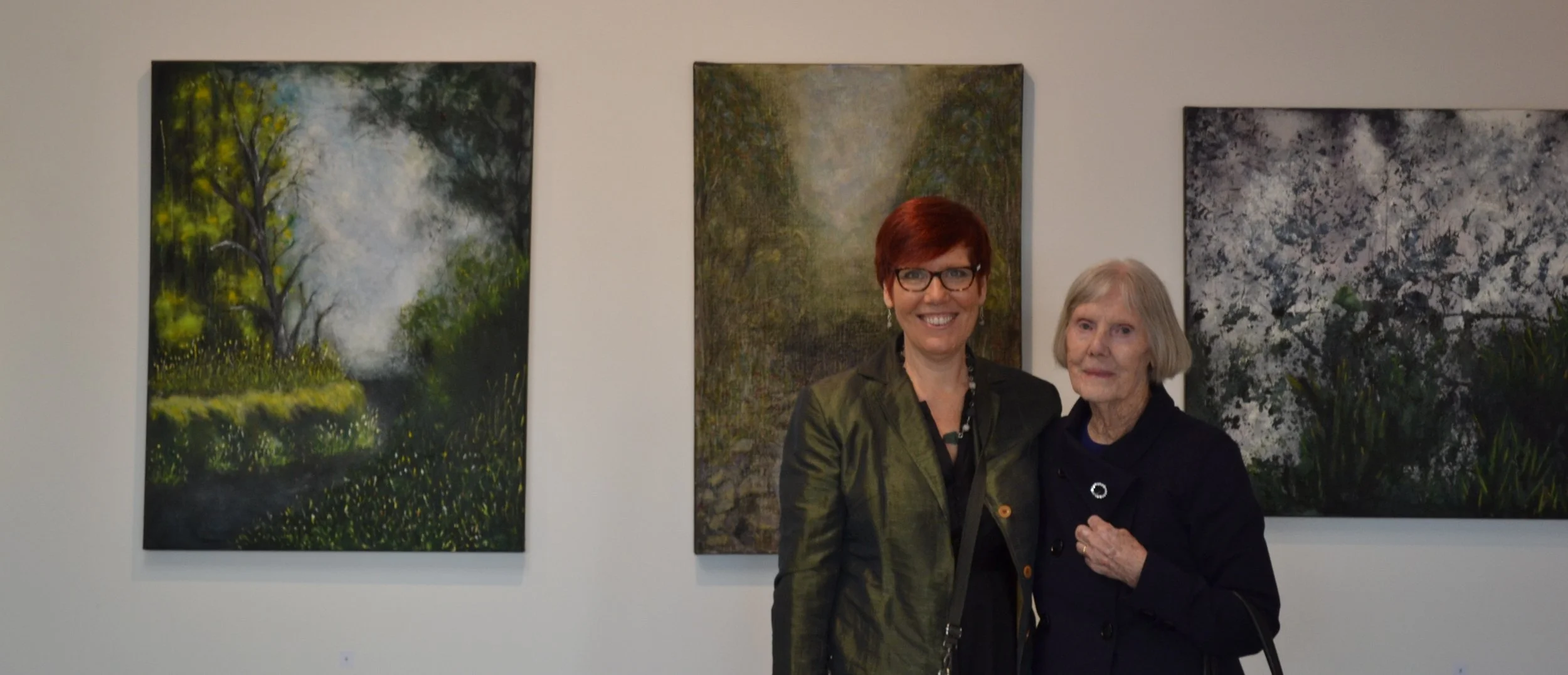
The art of Cath Williams

Introduction
Cath is a happily aging artist whose concerns relate to how, as rational beings, we can co-operate to collectively manage how we live and care for each other and our environment.
Cath’s primary artistic expression is to, through the use of colour and texture, capture the random, chaotic and fragile world we as humans are privileged to inhabit.
Quinch Art is originally the name of the art gallery Cath and her partner Phil built onto their Melbourne home.
Deciding to relocate to New Zealand in 2013 to support their parents the gallery closed as a business.
On returning to their Melbourne home in 2023 the space now serves as a studio for Cath’s painting and other creative endeavours.
Cath grew up in New Zealand, Aotearoa, in the 60s and 70s which provided Cath with constant inspiration in her artistic inspiration and the development of her passion for a fully inclusive society that enables collaboration and recognises the contributions that we can all make towards a better world.
Artists such as Ralph Hotere and Rita Angus installed in Cath a sense of art practice by which she seeks to reflect back to the viewer a sense to self and place.
Cath moved to Melbourne, Australia in 1986 where she was influenced by her friend and artist Ellen Jose, along with her exposure to a plethora of great Australian artists such as Fred Williams .
Victoria was called the Garden State in the 80s but the ever-present threat of fire in rural communities, the rugged bush, Great Ocean Road coast and mountains around Victoria all impacted on Cath’s landscapes.
Relocating to Aotearoa in 2013 to care for her parents Cath was once again influenced by her environment creating work that reflected the softer green and yellow hues, in her work.
Cath moved home to Australia in 2023 but her connection with both her homes continues and she finds a surprising degree of commonality in her landscapes many of which are indistinguishable regards their origins, both being impacted upon by Cath’s beliefs,the relationships with the owners of the land, diversity, politics and climate change.

